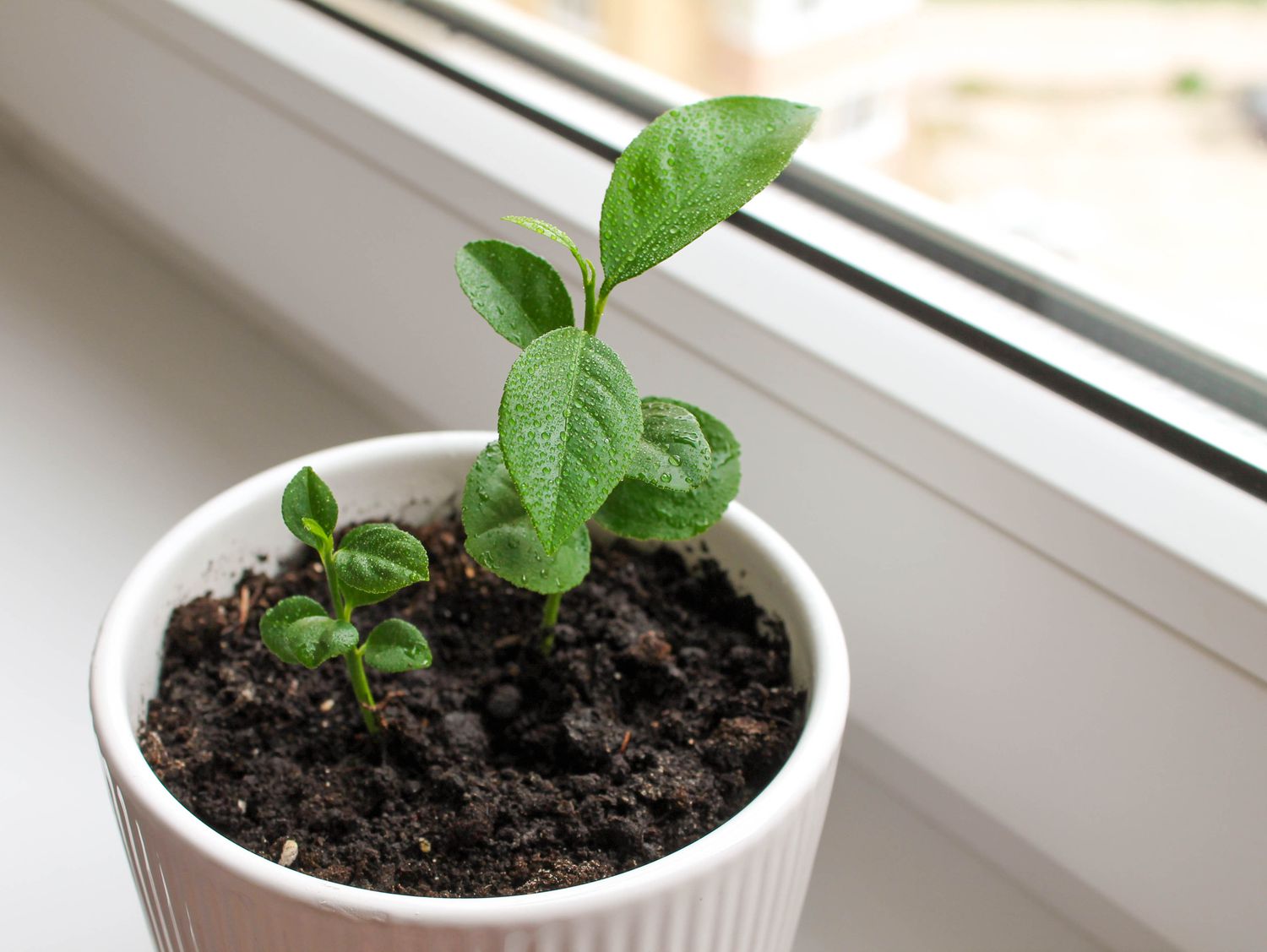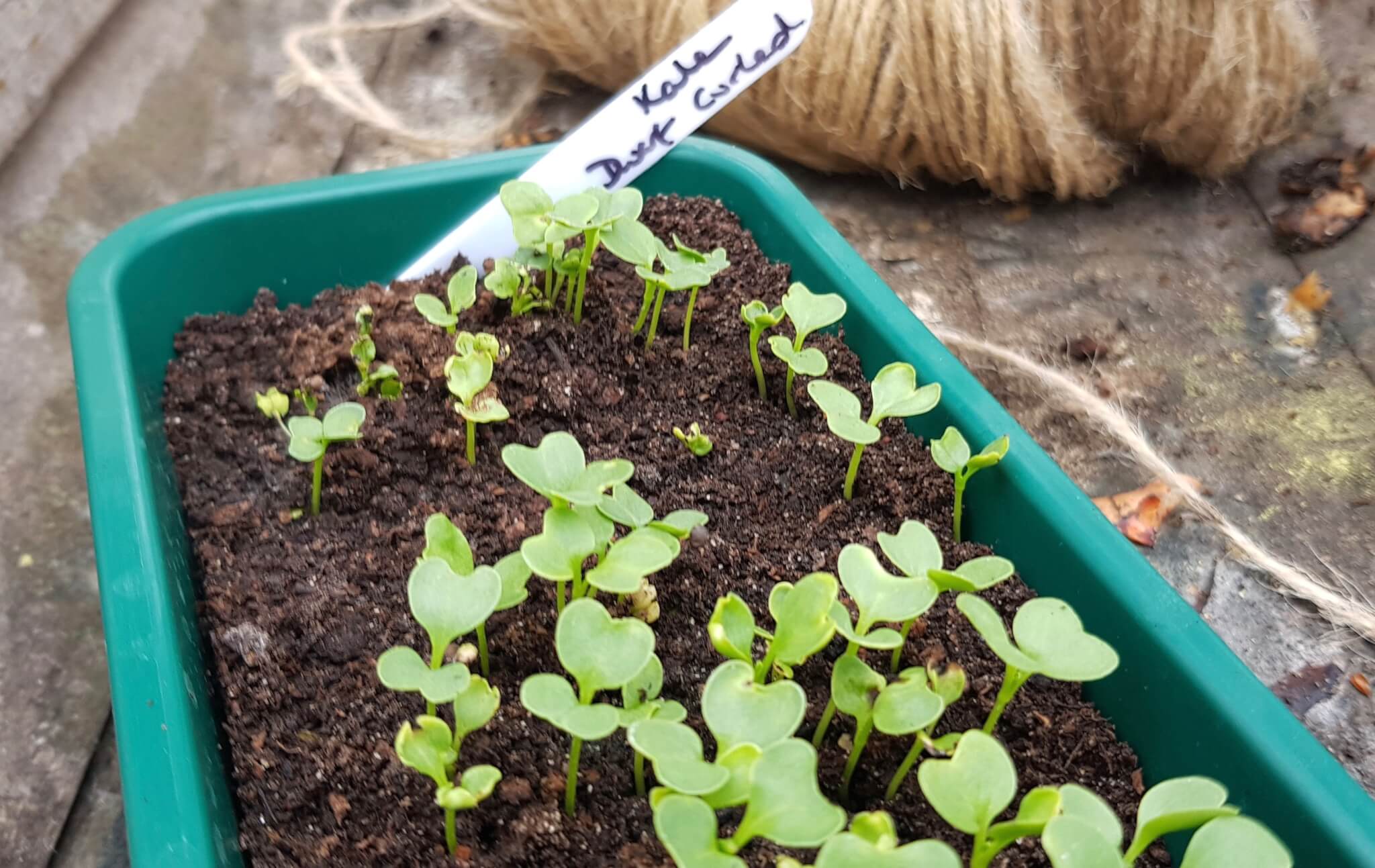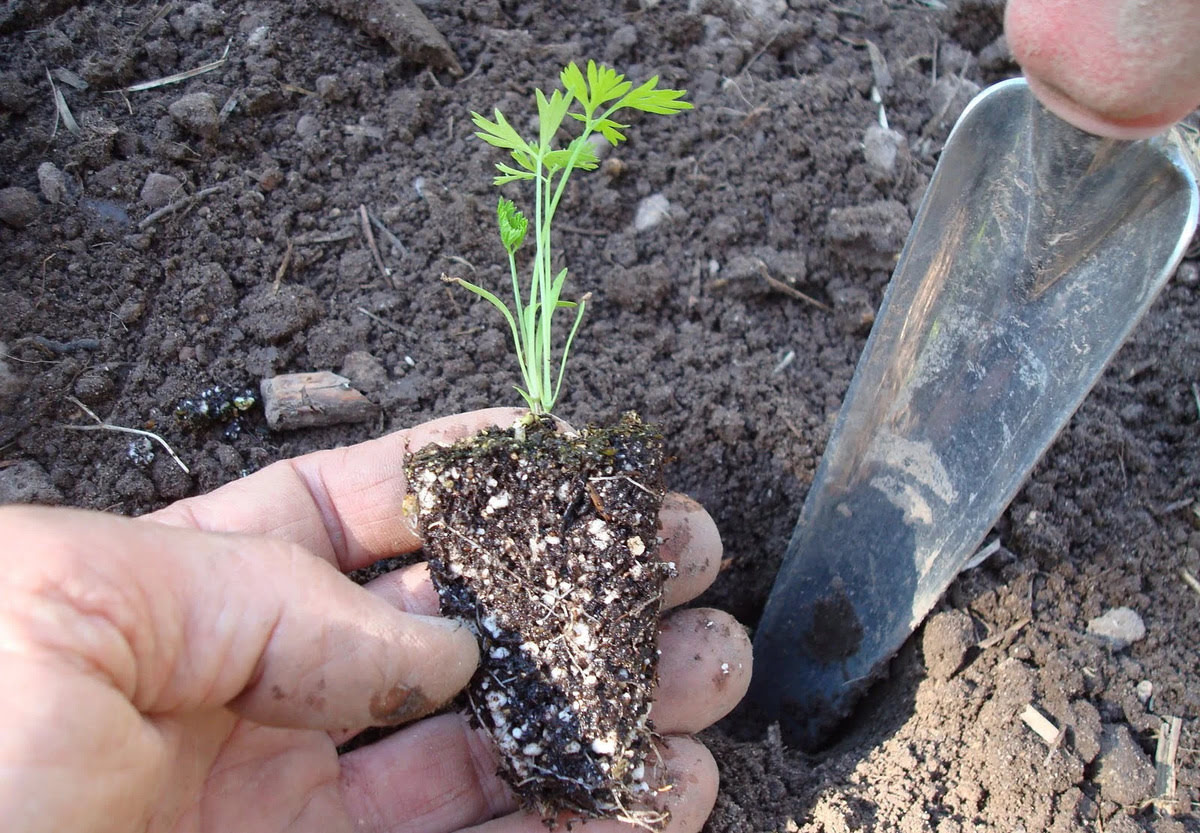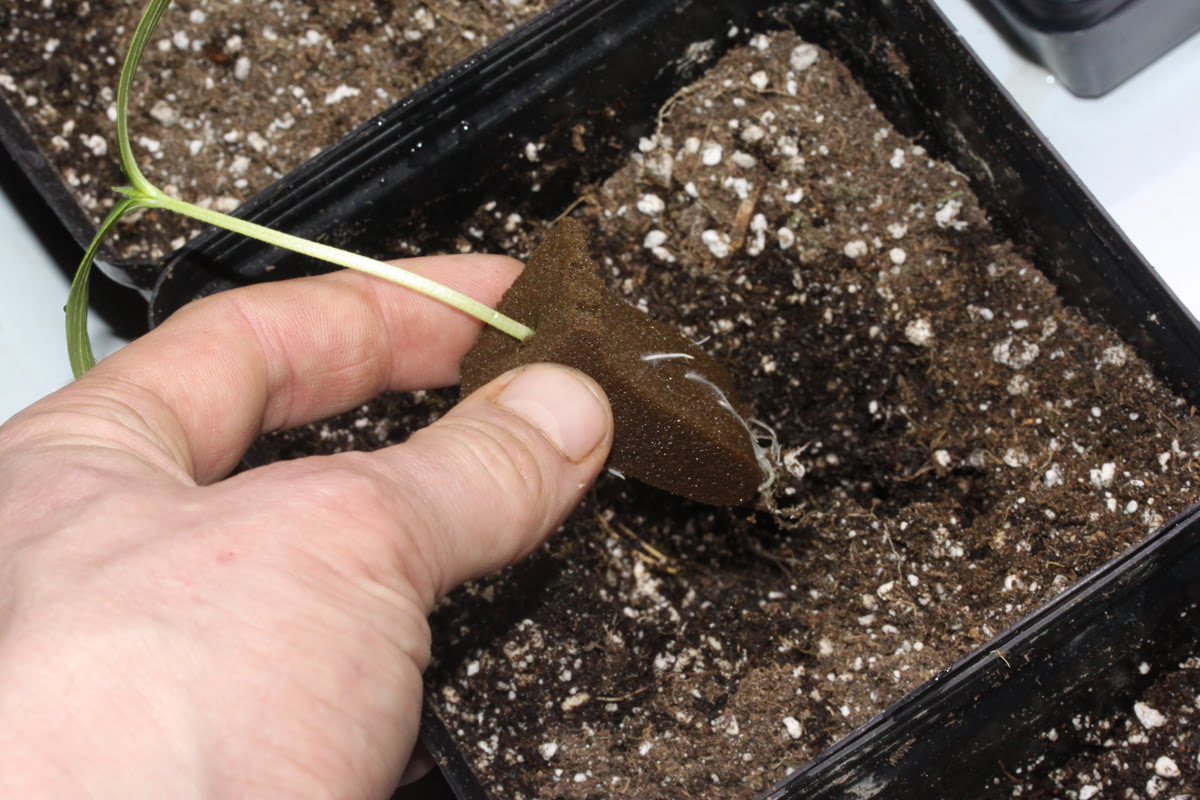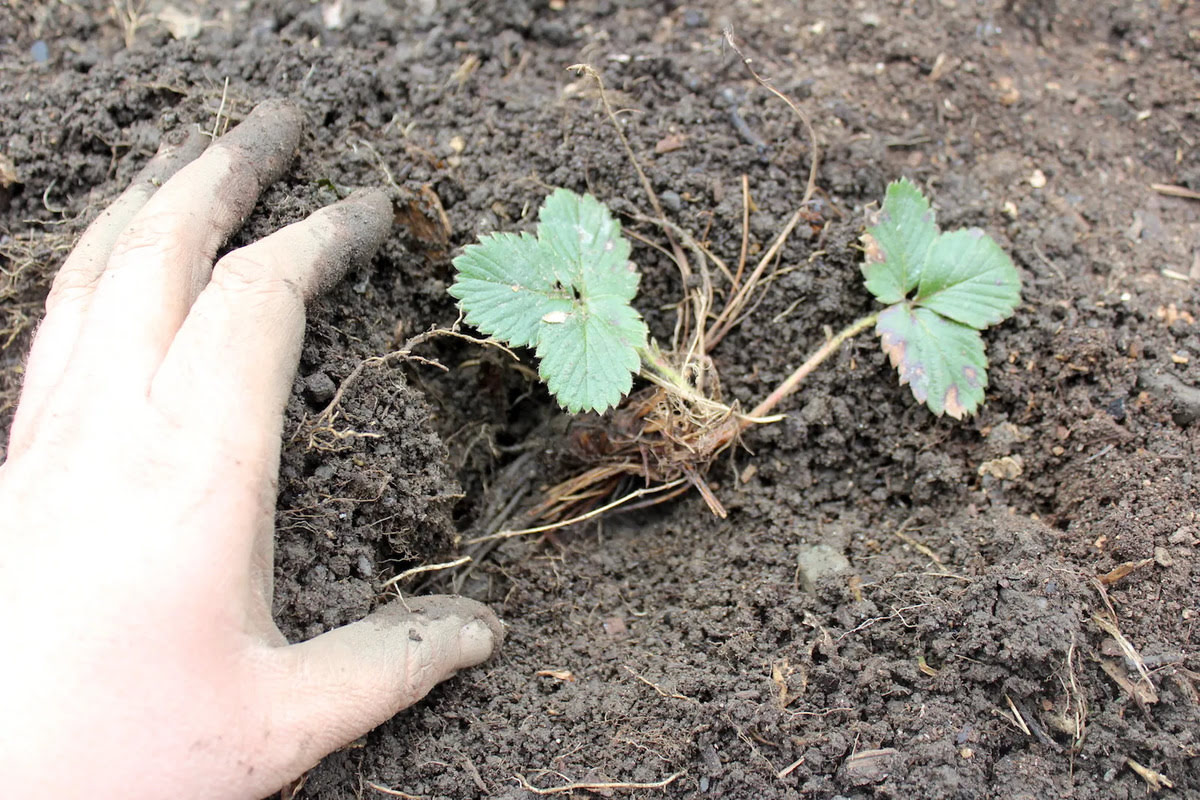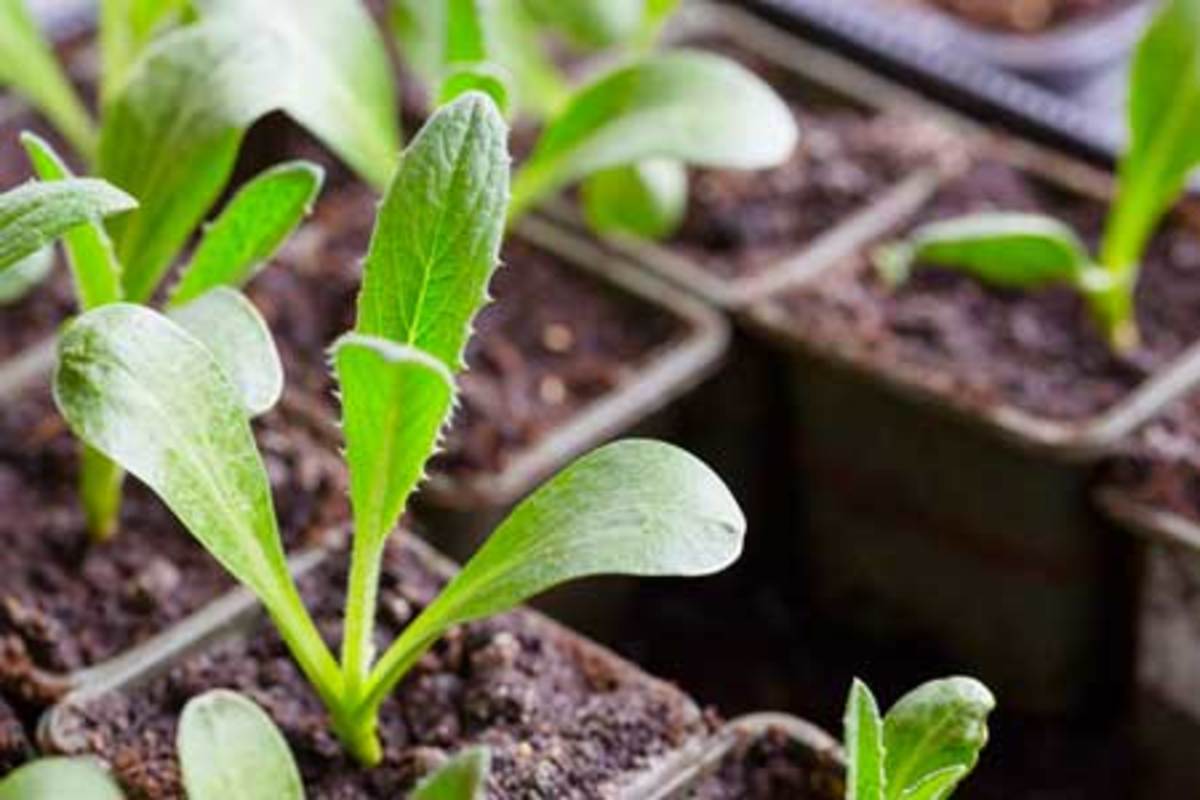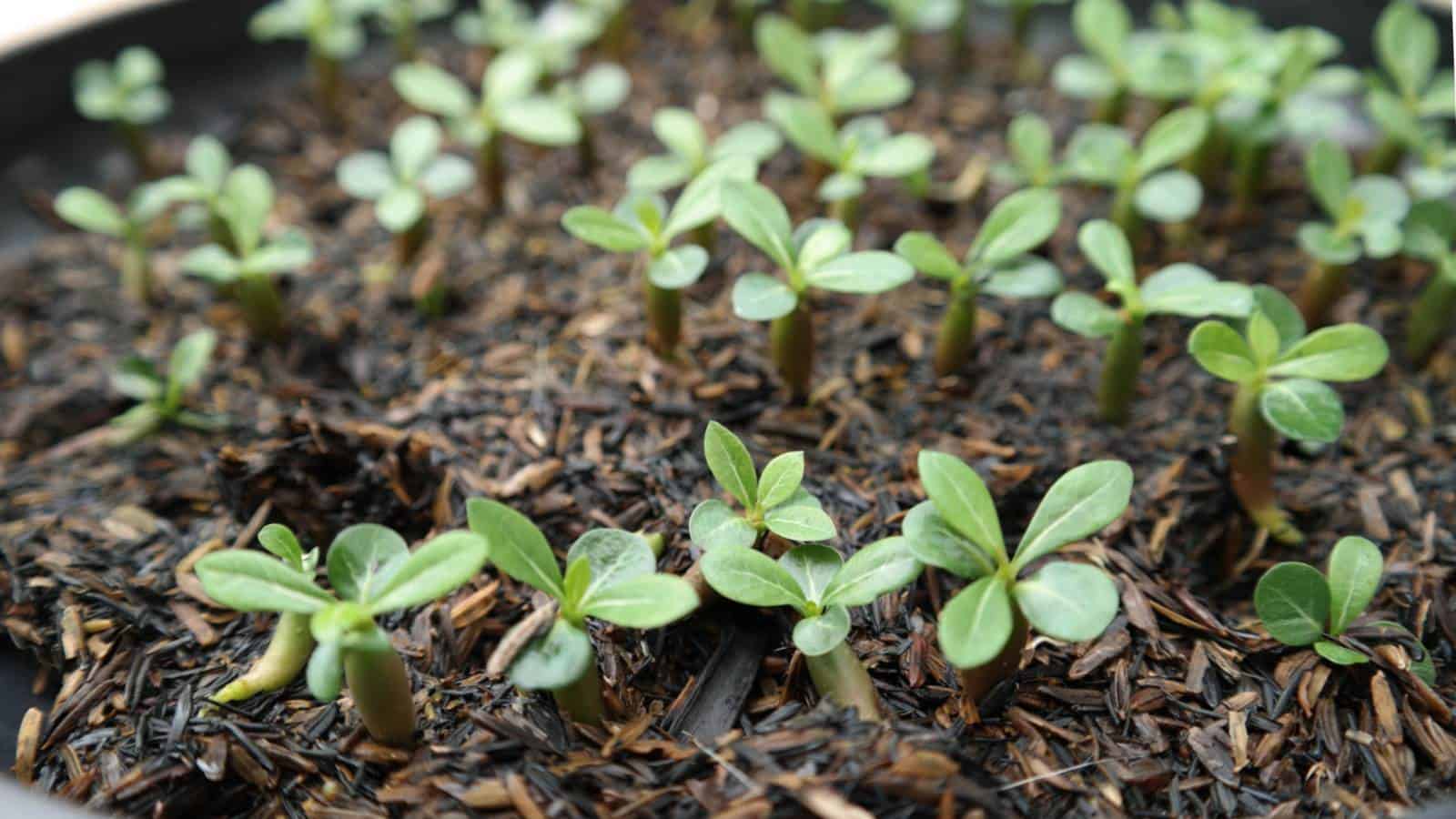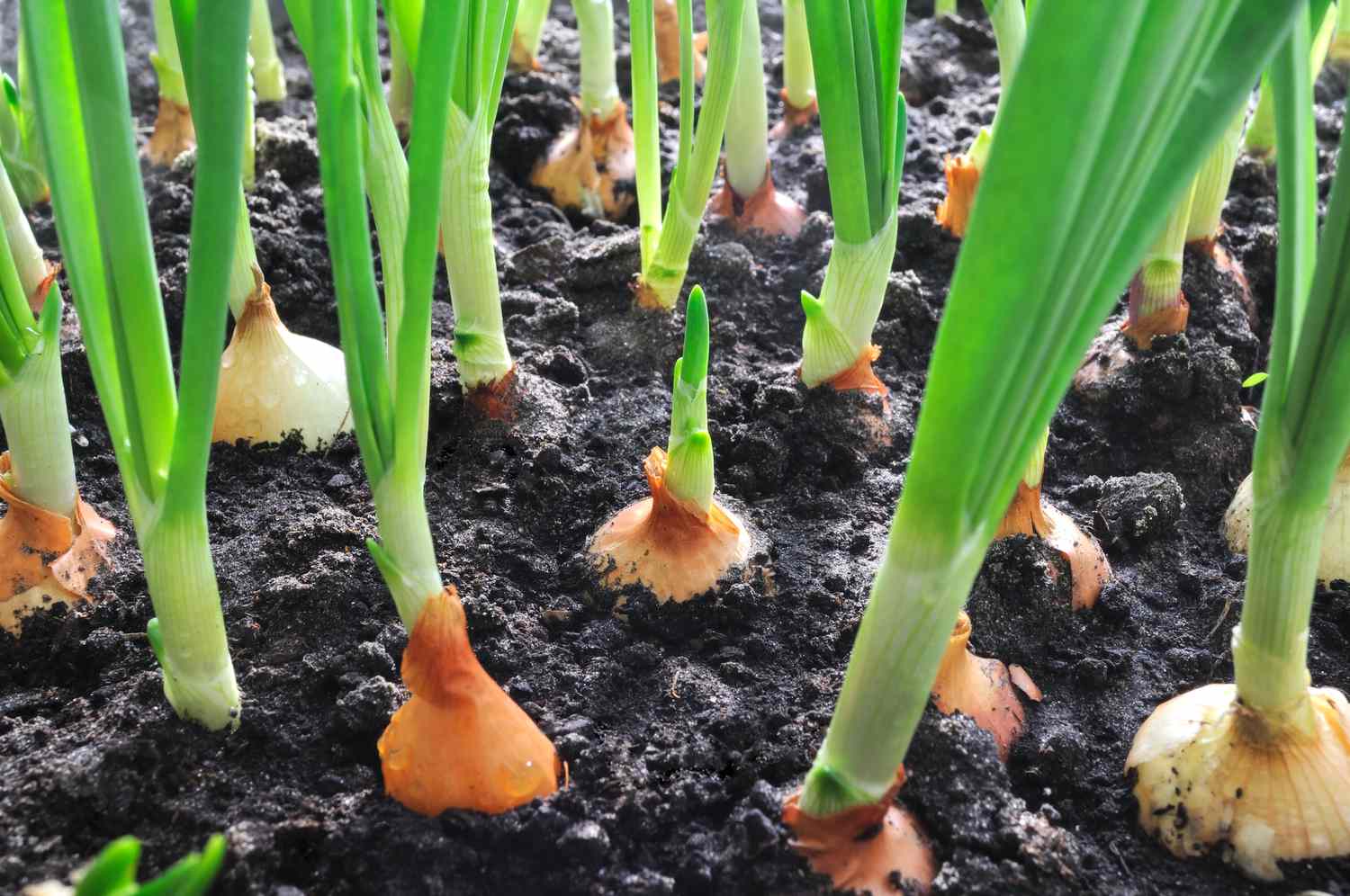Home>Gardening Techniques>Plant Care>When To Transplant Lavender Seedlings
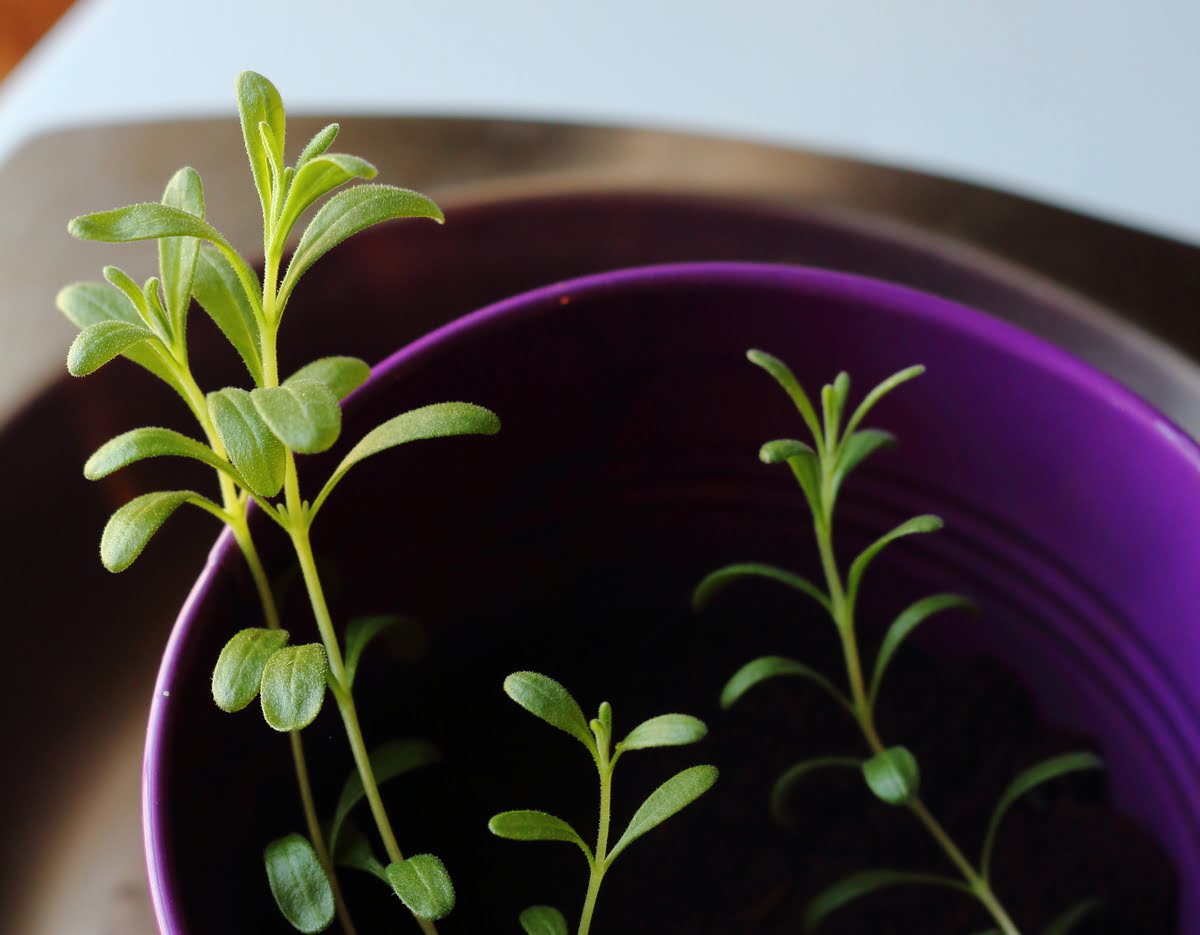

Plant Care
When To Transplant Lavender Seedlings
Published: January 5, 2024
Learn the best time for transplanting lavender seedlings and essential plant care tips to ensure their healthy growth. Discover expert advice for successful lavender gardening.
(Many of the links in this article redirect to a specific reviewed product. Your purchase of these products through affiliate links helps to generate commission for Chicagolandgardening.com, at no extra cost. Learn more)
Table of Contents
**
Introduction
**
Welcome to the wonderful world of lavender gardening! Lavender, with its delightful fragrance and beautiful blooms, is a beloved addition to any garden. Whether you're a seasoned gardener or just starting out, successfully transplanting lavender seedlings is a rewarding experience that can lead to thriving, aromatic plants in your garden.
In this comprehensive guide, we will delve into the art of transplanting lavender seedlings, covering everything from understanding the needs of these delicate plants to the ideal timing for transplantation. We'll also explore the essential steps for successfully transplanting lavender seedlings and provide valuable insights on caring for them post-transplantation.
Transplanting lavender seedlings is a crucial stage in their growth journey, and by understanding the intricacies involved, you can ensure the health and vitality of your lavender plants for years to come. So, let's embark on this enlightening journey into the world of lavender seedling transplantation, and discover the secrets to nurturing these enchanting plants in your own garden.
As we delve into the specifics of lavender seedling transplantation, it's important to remember that each step in this process contributes to the overall well-being of the plants. By following the guidance provided in this article, you will gain the knowledge and confidence to successfully transplant lavender seedlings, fostering their growth and enjoying the myriad benefits they bring to your garden. So, without further ado, let's explore the fascinating realm of lavender seedling transplantation!
Understanding Lavender Seedlings
Before delving into the intricacies of transplanting lavender seedlings, it’s essential to gain a deep understanding of these delicate plants and their unique characteristics. Lavender, scientifically known as Lavandula, is a member of the mint family and is revered for its aromatic foliage and vibrant, fragrant flowers. These perennial plants are native to the Mediterranean region and thrive in well-drained soil and ample sunlight, making them a popular choice for gardeners seeking to add beauty and fragrance to their outdoor spaces.
Lavender seedlings, in their initial stages of growth, require special attention and care to ensure their successful development. When starting lavender from seeds, it’s important to note that the germination process can be slow and may require patience. Once the seedlings emerge, they exhibit delicate stems and tender leaves, making them particularly sensitive to environmental conditions and handling.
Understanding the specific needs of lavender seedlings is crucial for providing them with the optimal growing environment. These plants thrive in full sunlight and well-drained, slightly alkaline soil, mimicking the conditions of their native Mediterranean habitat. Additionally, adequate air circulation is vital for preventing fungal diseases that can affect young lavender plants.
As lavender seedlings mature, they develop strong root systems that contribute to their resilience and ability to thrive in various climates. However, during the early stages of growth, these roots are still developing and require gentle care to avoid damage. By gaining insight into the unique characteristics and requirements of lavender seedlings, you can lay a solid foundation for their successful transplantation and long-term health.
With a deeper understanding of the intricacies involved in nurturing lavender seedlings, you’ll be better equipped to embark on the journey of transplanting these delightful plants, setting the stage for a flourishing lavender garden in the seasons to come.
Ideal Time for Transplanting Lavender Seedlings
Timing plays a pivotal role in the successful transplantation of lavender seedlings, and understanding the ideal time to undertake this process is essential for ensuring the plants’ resilience and long-term vitality. The optimal time for transplanting lavender seedlings is typically during the early spring or fall, when the weather conditions are mild, and the plants are not subjected to extreme heat or cold.
Early spring, particularly after the last frost date in your region, presents an opportune window for transplanting lavender seedlings. During this time, the soil has begun to warm, and the plants are poised for active growth, making it conducive for them to establish their roots in a new location. By transplanting in early spring, the lavender seedlings have ample time to acclimate to their new environment and develop strong root systems before the onset of summer.
Likewise, the fall season, especially in the weeks leading up to the first frost, provides another favorable period for transplanting lavender seedlings. As temperatures begin to cool, the stress on the plants is reduced, allowing them to adapt to their new surroundings without the added pressure of intense heat. Transplanting in the fall offers the advantage of enabling the lavender seedlings to establish themselves before the onset of winter, setting the stage for robust growth in the following spring.
It’s important to avoid transplanting lavender seedlings during the peak of summer, as the combination of high temperatures and intense sunlight can place undue stress on the plants, impeding their ability to acclimate to a new location. Similarly, transplanting during the winter months, when the ground is frozen and growth is dormant, can hinder the lavender seedlings’ ability to establish themselves successfully.
By carefully considering the seasonal dynamics and selecting the optimal time for transplanting, you can set the stage for the successful acclimatization and growth of your lavender seedlings, ensuring that they thrive in their new environment and grace your garden with their aromatic presence for years to come.
Steps for Transplanting Lavender Seedlings
Transplanting lavender seedlings requires a thoughtful approach and careful execution to ensure the plants’ successful transition to a new environment. By following a series of essential steps, you can facilitate the transplantation process and provide the lavender seedlings with the best possible conditions for thriving in their new location.
1. Prepare the New Planting Site:
Begin by selecting a suitable location for the lavender seedlings, ensuring that the soil is well-drained and the area receives ample sunlight. Prepare the soil by incorporating organic matter and ensuring that it is slightly alkaline, mimicking the conditions conducive to lavender growth.
2. Water the Seedlings:
Prior to transplanting, thoroughly water the lavender seedlings in their current containers. This helps to hydrate the plants and prepare them for the transition, reducing the stress associated with the transplantation process.
3. Gently Remove the Seedlings:
Carefully remove the lavender seedlings from their current containers, taking care not to disturb the roots excessively. Gently loosen the soil around the roots to facilitate the transition to the new planting site.
4. Plant the Seedlings:
Dig a hole in the prepared soil at a depth that accommodates the lavender seedlings’ root systems. Place the seedlings in the holes, ensuring that the top of the root ball is level with the surrounding soil. Backfill the holes and gently firm the soil around the base of the seedlings.
5. Water Thoroughly:
After planting, water the lavender seedlings thoroughly to settle the soil and provide essential moisture for their initial establishment. Ensure that the soil around the seedlings remains consistently moist in the days following transplantation.
6. Mulch and Protect:
Apply a layer of organic mulch around the base of the lavender seedlings to conserve moisture and suppress weed growth. Additionally, protect the newly transplanted seedlings from strong winds and excessive sun exposure in the days following transplantation.
7. Monitor and Maintain:
Regularly monitor the transplanted lavender seedlings, ensuring that the soil remains adequately moist and providing supplemental water as needed. As the plants acclimate to their new environment, maintain a vigilant eye on their growth and well-being.
By meticulously following these steps and providing attentive care, you can facilitate a smooth and successful transplantation process for the lavender seedlings, setting the stage for their robust growth and abundant blooms in the seasons to come.
Caring for Transplanted Lavender Seedlings
Once the lavender seedlings have been successfully transplanted, it’s crucial to provide them with ongoing care and attention to ensure their continued health and vigor. Caring for transplanted lavender seedlings involves a combination of thoughtful maintenance practices and a keen understanding of the plants’ needs as they adapt to their new surroundings.
Regular Watering:
Consistent and adequate moisture is vital for the well-being of transplanted lavender seedlings. Ensure that the soil remains evenly moist, but not waterlogged, particularly during the initial stages of establishment. As the plants develop and their root systems expand, they will become more resilient to fluctuations in moisture levels.
Optimal Sunlight:
Position the transplanted lavender seedlings in a location where they receive ample sunlight, ideally at least six to eight hours of direct sunlight per day. Adequate sunlight is essential for promoting robust growth and the development of aromatic foliage and vibrant blooms.
Pruning and Deadheading:
As the transplanted lavender seedlings continue to grow, periodically prune the plants to encourage bushier, more compact growth. Additionally, deadhead spent blooms to promote continuous flowering and prevent the plants from expending energy on seed production.
Soil Maintenance:
Regularly inspect the soil around the transplanted lavender seedlings, ensuring that it remains well-drained and slightly alkaline. Consider amending the soil with organic matter or a balanced fertilizer designed for flowering plants to provide essential nutrients for healthy growth.
Protection from Pests and Diseases:
Monitor the transplanted lavender seedlings for signs of pests or diseases, and take prompt action to address any issues that may arise. Consider using natural pest control methods and maintaining good air circulation to prevent common lavender ailments such as root rot and powdery mildew.
Winter Protection:
As the colder months approach, provide adequate protection for the transplanted lavender seedlings to safeguard them from harsh winter conditions. Consider applying a layer of mulch around the base of the plants to insulate the roots and protect them from freezing temperatures.
By consistently implementing these care practices and remaining attuned to the needs of the transplanted lavender seedlings, you can foster their growth and ensure that they thrive in their new environment, gracing your garden with their enchanting fragrance and vibrant blooms for years to come.

